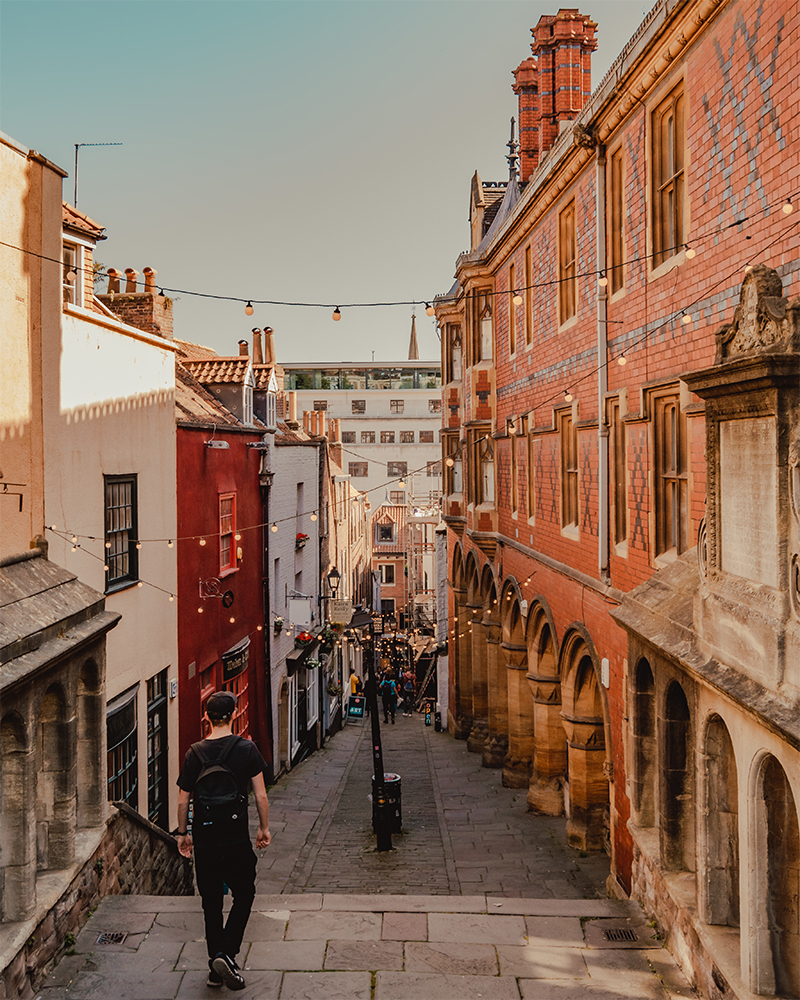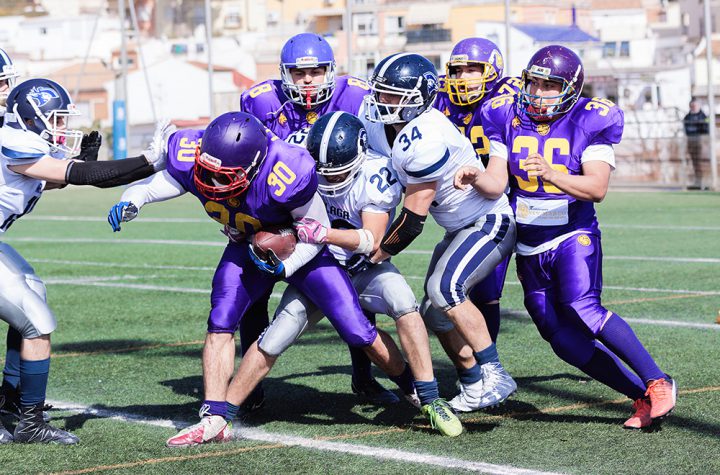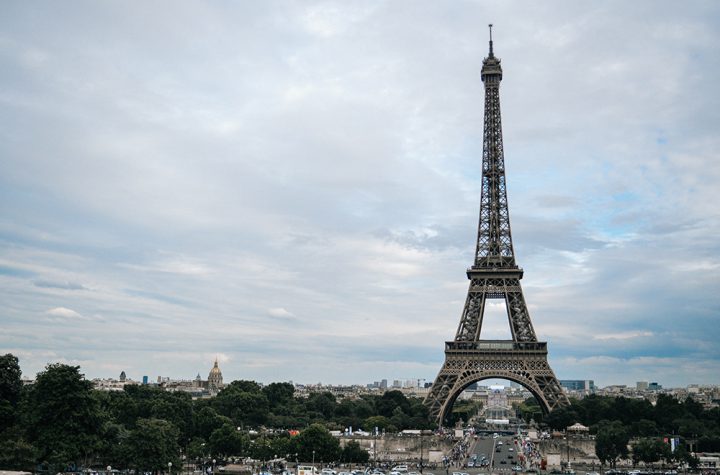
Lampert belongs to a small group of exorcists who regularly speak and even tweet about the issue. Perhaps because of this, he says he receives 30 to 40 calls a week from “all types of people”; high school and college students, men and women, from bankers to the unemployed, Catholic and not. He is among the exorcists appointed after Pope John Paul II asked every diocese to designate an exorcist to battle the growing threats from the occult and other practices.
“I’ve seen eyes rolling to the back of the head, foaming at the mouth, people hissing, people speaking in strange voices,” Lampert says. He says one elderly woman picked up a heavy chair and lifted it over her head.
“That catches your attention,” he says.
An exorcist recites a special set of prayers over the person, directly addressing the devil and ordering him out in the name of Jesus. He may also recite the Lord’s Prayer or Hail Mary, read Bible verses, and cast holy water. A typical session lasts about an hour, Lampert says. For others, the battle continues during several visits.
The Catholic Church ranks what it sees as devil manifestations into several categories, from activity in inanimate objects to full-blown “possession”, such as Linda Blair in the classic 1973 film “The Exorcist”. Fairfax Media
People fearing demons typically start by contacting their priest or diocese. Some believe they are cursed. Some report that their house is haunted. Some can’t shake perverse thoughts. One woman reported that an angry co-worker carried out an animal sacrifice in her front yard, says Lampert, and asked for a blessing.
The Catholic Church ranks what it sees as devil manifestations into several categories, from activity in inanimate objects such as haunted houses to an individual’s full-blown “possession”. Clergy and lay people can say prayers to evict the devil in the less serious categories. Only exorcists are permitted to drive out demons from those considered fully possessed, who have no control over their own actions. Such cases are rare, exorcists says.
“People have different reasons they seek help,” says one exorcist, who is a priest at several rural churches in the US. “Unfortunately, there is a lot of depression and mental illness that people want to attribute to the demonic. … But there are some cases where people truly hear voices, see shadows, feel touches, and/or smell odours that have no other explanation.”
The archdiocese enlists the support of four special prayer teams to pray for those it believes have the lesser forms of demonic influence.
One exorcist says he assisted at an exorcism of a young mother who had been consulting with a medium. He believes such experiments opened the door to evil. “She screamed and her eyes rolled back white,” he recalled.
Cozzens, who is not the archdiocese exorcist but who has attended sessions, says the archdiocese enlists the support of four special prayer teams to pray for individuals it believes have the lesser forms of demonic influence. “We’ve found in the past 10 years an increased need,” he says.
Mainline Protestants acknowledge that evil exists, but are likely to attribute much of the world’s evil to human actions rather than demonic possession.
“The devil has many forms, not just the cartoonish guy with the pitchfork and horns,” says Rev Angela Khabeb of Holy Trinity Lutheran Church in Minneapolis.
While belief in organised religion has waned in recent decades, belief in the supernatural persists. Gallup and Harris polls show more than 60 per cent of Americans believe in the devil. What they do with that belief may be one reason for the growing demand for exorcisms, say Catholic leaders, who argue that Americans are looking for answers in all the wrong places from YouTube videos to Ouija boards to TV series about zombies and Satan.
“People hunger for knowledge and experience of transcendental things, such as God, truth, the afterlife,” says a diocese exorcist. “They’re looking in areas that are less demanding and more connected to their personal tastes.”
Max von Sydow as Father Merrin in a still from “The Exorcist”.
In addition, the range of activities now considered “demonic manifestations” have expanded, driving demand for help, says Joseph Laycock, religious studies professor at Texas State University, who teaches a course on demonology. “I don’t assume there are more demons possessing people today than in the past,” he says.
Laycock also sees competitive market forces at play. The exorcism renaissance is unfolding as other faith groups publicly engage in the practice, he says. That’s particularly true of the charismatic groups that have been attracting disenchanted Catholics.
The Catholic Church on an institutional level is supporting the trend. Pope Francis frequently speaks of the reality of the devil, and has told priests that they “must not hesitate” to refer congregants to an exorcist if they experience “genuine spiritual disturbances”.
For exorcists such as Lampert, the renewed acknowledgment of the devil in the world is important. But that focus is missing the point.
“Exorcists hope that people will focus less on demons,” he says, “and more on God.”
Minneapolis Star Tribune
MCT





More Stories
Justice Rajiv Shakdher also asked the media houses AGR Outlier Media Pvt Ltd. and Bennett Coleman and Company Ltd. to ensure that no defamatory content is uploaded on social media platforms or displayed on their channels.
Two people have become the first passengers on a Hyperloop, a technology considered to be the future of high-speed ground transport.